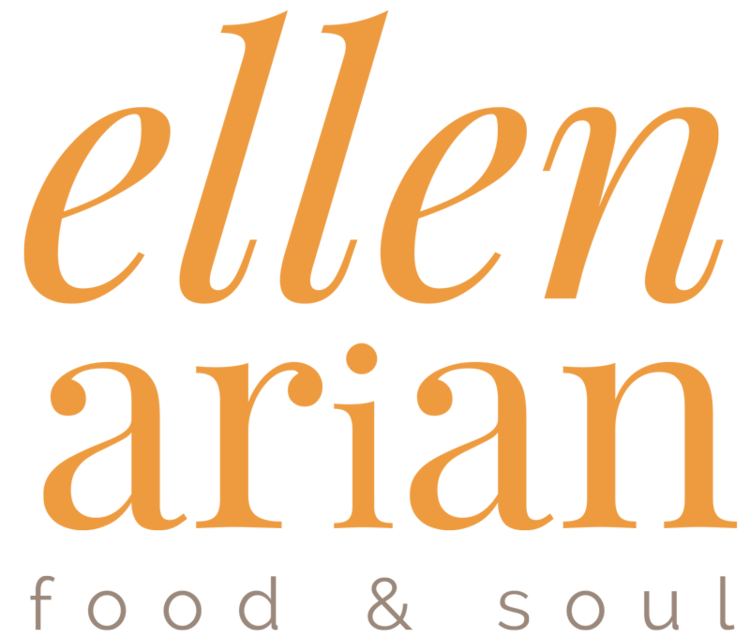In our move-fast, modern world, baking sourdough bread appeals to my own need for that which is intrinsically slow; it may for you as well. Sourdough synchronizes its pace to an ancient rhythm, taking time to develop flavors and textures that are reminiscent of simpler times. While yeasted breads go from mixer to oven in a few hours, sourdough takes a full 24 hours or longer. But what we get for this time is a completely different loaf of bread because the process changes its nature, making it more digestible and nourishing. It affects the flavor, too, making it complex and delicious and nothing like the flavor of ordinary yeasted bread, even good yeasted bread.
When you’re ready for a challenge that may ask more of you in the kitchen than you have given in the past, yet one that will reap huge dividends, baking sourdough bread belongs at the top of your list. Leavening sourdough loaves with the power of wild yeast creates a burnished brown crust. It also imparts complex flavors that can’t be achieved in breads made from commercial yeast, which offer in their place the lure of predictability and standard form.
There is also our good health to consider. I don’t know of any breads that do a better job of keeping us well than those I write about in this space. Using sourdough for leavening, even when white flour is on the ingredient list, lowers their glycemic index. Put another way, sourdough limits both how high our blood sugar goes and how quickly it falls. In addition, fermenting flour with an acid and at warm temperatures for even eight hours—and every recipe I write about requires a longer fermentation—virtually eliminates the phytic acid. This means minerals like iron, zinc, and magnesium are not bound up and are, instead, available for our bodies to absorb.
What’s really nice is that once you get used to working with sourdough, you can make other baked goods like muffins, quick breads, and pizza dough. The addition of sourdough to everyday baked goods, when combined with a rest for the batter or dough, confers upon them all the same benefits of healthfulness and flavor that it offers to bread.
If you’re wondering how to transition to this way of baking, and if that wondering leaves you feeling confused or overwhelmed, take heart. The real recipe for baking with sourdough is to practice and practice more. It’s the doing, the development of a knowing touch and a connection with the dough that matters; it’s not only a precise measure of ingredients that turns a loaf into a loaf.
Baking with sourdough is, without a doubt, the most satisfying and enjoyable time I spend in the kitchen. I hope it will be for you as well. When the starter bubbles and the bread begins to rise, when the mood is as it should be in my kitchen and those around me are well-fed, I am certain I’ve spent my time well.
Copyright, Ellen Arian, Ellen’s Food & Soul


